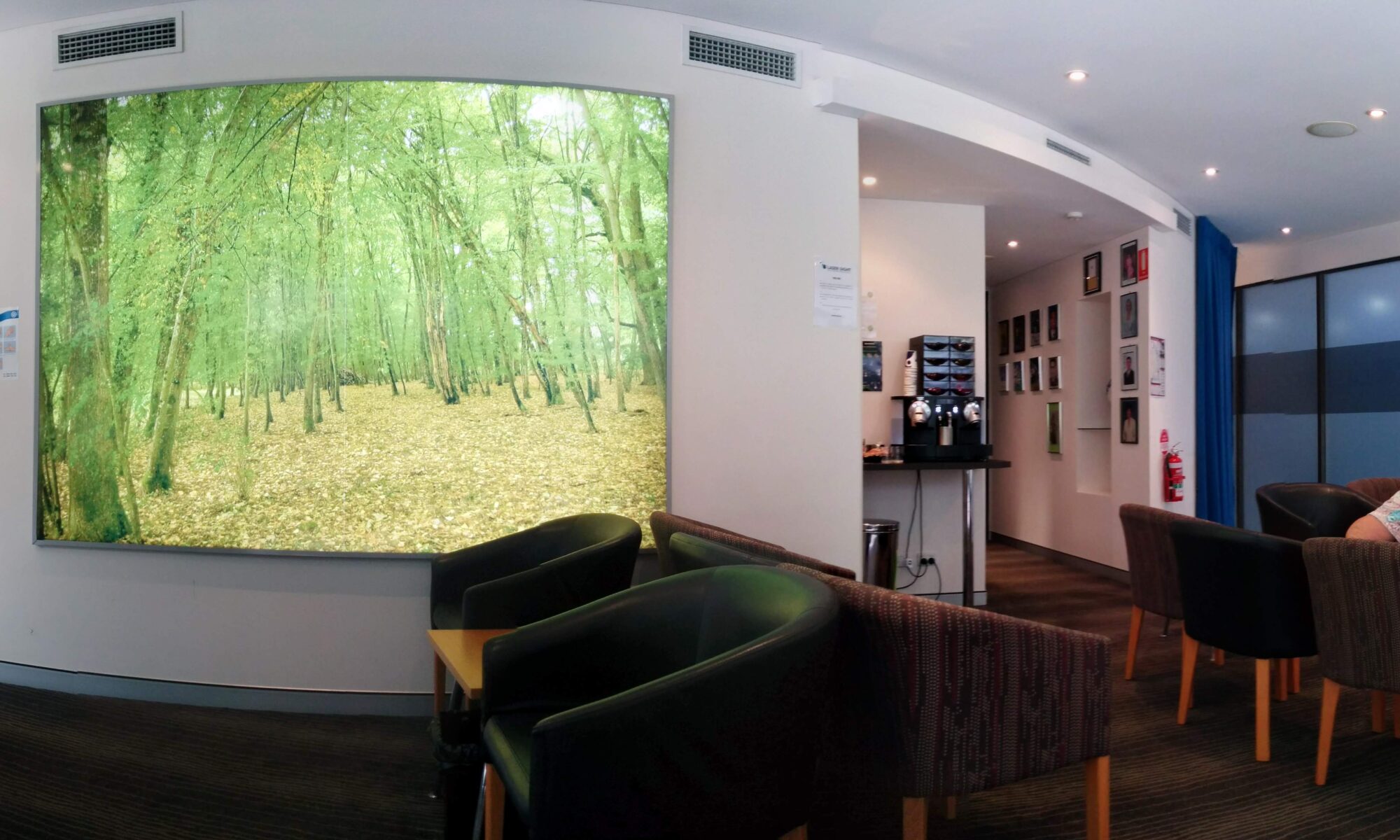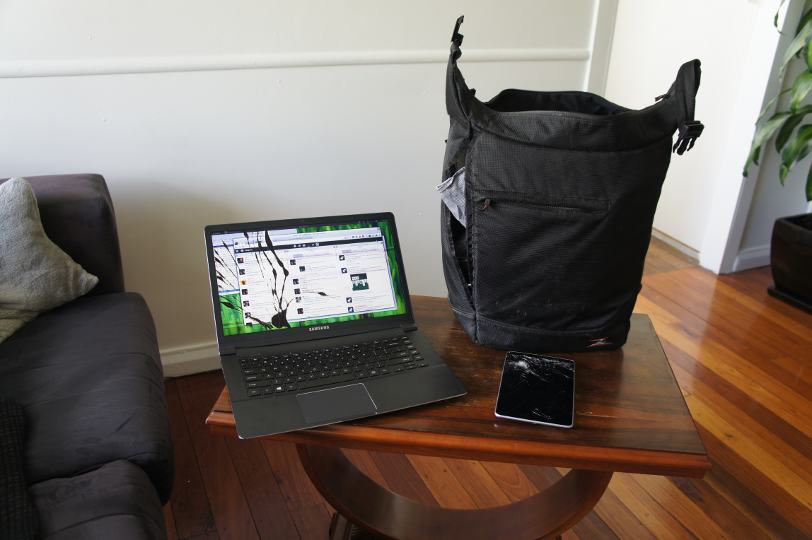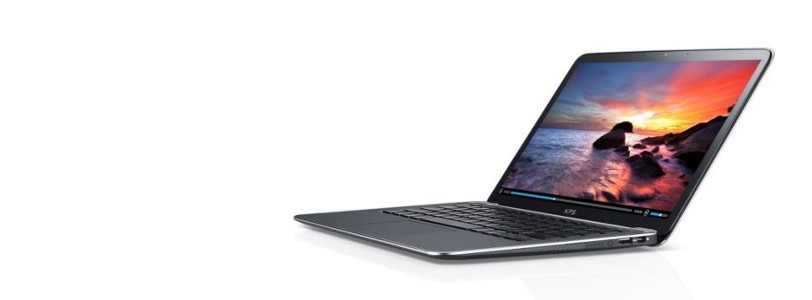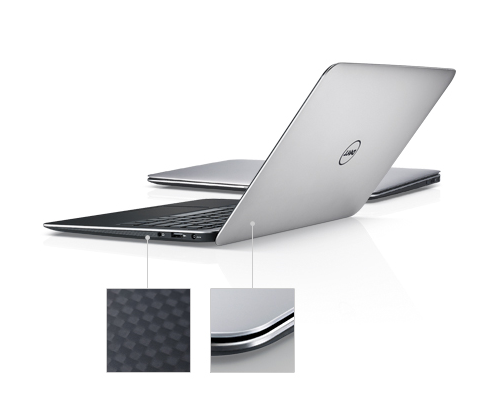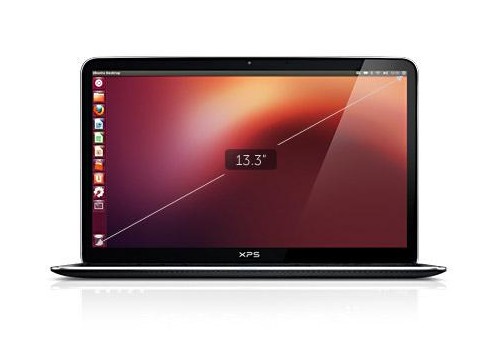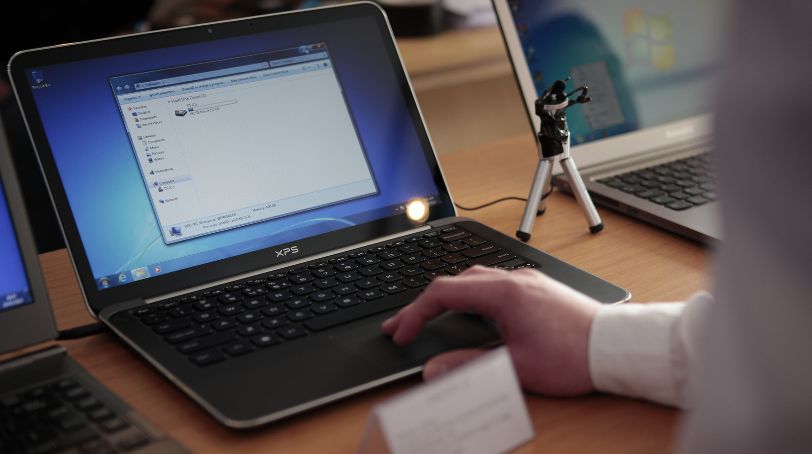I'd been considering getting laser eye surgery for a while, and while the idea appealed there wasn't any major incentive for me to do it.
But eventually I got frustrated. My glasses were always getting dirty, falling off, fogging up (while cycling, working out, or once getting off a bus). At work in particular I was finding myself taking them on and off all day since I don't need glasses for working at my desk but whenever someone would come over they'd be just outside my focal distance and I'd have to put them on again.
So having reached perhaps a vague not-quite-quarter-life crisis I decided to just do it and hang the consequences.
Table of Contents 👓
This post is a bit long, so here's a table of contents.
- The Tech
- The Lead-up
- Prices
- On the day…
- The Procedure
- The after-effects
- The next day
- LASIK as a programmer
- Overview
And some updates:
The Tech
There's a few types of laser eye surgeries and they're all pretty squeamish. The ABC has a high level overview of the various types.
I chose IntraLASIK (also known as Femto-LASIK) which uses a laser to create a corneal flap (as opposed to the dark ages when they used a miniature angle grinder), then another excimer laser to evaporate bits of the eye until it's the optimal shape. Amazing, totally terrifying technology, but it works amazingly well.
The alternatve, PRK, doesn't involve a "flap" but has a much longer recovery period since it effectively melts away the top layer of your cornea instead. This one probably isn't for you unless you have a special condition or are at particular risk of head injuries.
Some newer technologies are coming out that show promise, but ultimately IntraLASIK is the best, most mature option out there.
What to expect before laser eye surgery
I initially booked appointments at two places in Brisbane, but only Lasersight got back to me which was strange. The have offices in a number of major urban areas including Sydney, Melbourne, the Gold and Sunshine Coasts so it seemed reputable.
I arrived for my initial appointment not really knowing what to expect, but they were really good. I'd already researched most of the technology, caveats and read countless accounts of other people's success (and failure) stories, so none of the information was particularly new.
Lasersight offer PRK, LASIK and IntraLASIK, but only really do PRK and IntraLASIK as the traditional LASIK (angle-grinder) technology has been pretty much superseded. The nurse I spoke to in my initial consult had PRK himself due to his corneas being too thin for IntraLASIK, and was very happy with the results. Generally a good salesman.
In the initial consult I was taken through a number of machines that scanned my eyes, mapping out the various distortions and measuring the thickness of my corneas. I have a mild astigmatism as well as a mildish shortsightedness, and the machines picked this up and spat out a bunch of graphs and figures saying such. I was also given an eye exam like you get at the optometrist, which confirmed all this as well.
After all the measurements I was told about the payment options and booked in for the procedure the following week.
Lasik prices & extras
Prices I was quoted were:
- $6600 for IntraLASIK, or $5400 for PRK (Divide by two for costs per-eye)
- A $200 consult fee and
- A $200 discount for payment upfront.
This includes all the drugs, consults within a year and the “for life” program in which any subsequent surgeries are free of charge (though consult fees still apply).
It's not the cheapest and some people on various forums have flown interstate or overseas to have it done, but I personally consider that to be a little far out.
On the day
Due to a mistake on the little card they gave me, I showed up expecting a consult but was actually being prepped for the full-on surgery. Thankfully there's not much you need to do to prepare other than not wearing eye makeup or fragrances, neither of which I'm wont to do in day to day affairs.
The initial consult was with Doctor Peter Stewart, director of surgery, who was friendly, answered all my questions and seemed to know what he was doing. He ran me through some of the same tests again to make sure everything was right, before sending me out to fill in some waivers.
The actual surgery was planned for a few hours after the consult, so I had lunch and sat in the stinking Brisbane heat sipping cola across the road.
O Bar mini review: they had inexplicable table service for the bar section, and it took forever to get a drink. The guy was kinda rude but the girl was nice.
At 2:30 I want back in and was ushered into the secret surgery area out the back.
The LASIK procedure
I was dressed up in a robe and hair net, given a bunch of pills to take and administered anaesthetic eye drops which stung like crazy until my eyes were completely numb and could no longer feel anything.
When it was time I was ushered into the room and laid out on the first of two beds at the femtosecond laser. There were three specialists which was really comforting, each presumably had a job to do. One wore fluorescent sneakers.
I don't remember much about the first part, although the general gist was having my eyes propped open, being slid under a machine and having it take a flap cut into my corneas. It was terrifying but vaguely surreal; there was no pain, just sensations of pressure and a primal urge to freeze and not move a muscle.
I was surprised to find they performed this on both eyes right away; the documentation suggested they would do one at a time in case something went terribly wrong, but I wasn't going to quibble because my eyeball was hanging open and I was more concerned about making sure i didn't make things worse.
Overall the procedure took a handful of seconds per eye, though it felt like an age.
After this they ushered me to the second bed. It was an interesting experience; I could still see at that point but everything was cloudy, apparently due to the microscopic bubbles the femtolaser had created.
The second bed was the hardcore stuff: the excimer laser. For each eye they propped open my eyelids and popped on a suction ring to keep the eyeball relatively in place. This was probably the most uncomfortable part, and I later found was the part that left a little bruising.
I was told to stare into the light and not to move while the doctor lifted the flap with a squidgy looking utensil. It was completely painless but silently horrifying to watch my vision distort as my optics bent and shifted with the flap. It also made it difficult to stare in the one spot since the spot kept moving.
The actual excimer laser took literally ten seconds to operate on each eye, during which there was a smell not entirely unlike cooked hair. After that, a bunch of cold water, eye drops and flap-replacement took place. The second eye seemed to require a bit more smoothing out but ultimately everything was fine.
After this I was given the all clear and ushered through another doorway.
IntraLASIK after-effects
I immediately noticed the difference. Having just had my eyes cut up and laserbeamed I expected perhaps to be completely out of it, but I was surprised that I could actually see everything. There was a very strong haze in my vision, but I could see the detail in the surgeon's eyes which would ordinarily be a complete blur without my glasses.
The nurse took me, did a bunch of tests, explained my drop regime, attached some goggles to stop inadvertent touching and suggested strongly that I go home and sleep straight away.
The initial six or so hours are the worst, so it's best to sleep through it. Basically your eyes feel really scratchy like you've got sand in them, but you can't touch or your corneas will most likely fall out (that's my nightmware anyway). They also get very watery and it's generally unpleasant. So go to sleep.
Thanks to some fantastic drugs included in the package, I ended up sleeping until midnight at which point I woke up and took a walk outside for the first time to find something to eat. Greasy pizza outlet was the best I could find, but honestly it was the best greasy pizza I've ever had. It looked good too. So did everything, really.
At this point my eyes still felt somewhat gritty, but there was no pain and most of the haze had cleared up.
The next day
The next day was pretty amazing. Even more of the haze had cleared up and everything was getting progressively better.
Here's a selfie of me looking slightly dopey, but outside without glasses for the first time in forever. You can see a bit of bruising in my left eye if you look hard enough. I'm assured this will heal in a couple of weeks.
One of the side-effects that worried me were “halos” or a “bloom” around bright things, to borrow a gaming term. Particularly things like traffic lights, signs, and (annoyingly) computer screens. This has definitely improved as it's healed, but it's still noticeable on high contrast light points. While you see results instantly, they say it takes about a week for the cornea to heal properly, and this was definitely one of the more noticeable healing issues.
I took a walk through the city the day after and it was quite windy so I definitely noticed some discomfort in my eyes and feel I probably overdid it a little. I bought myself a pair of sunglasses which has been on my list of things to do for ages now and definitely made things better.
LASIK as a programmer
I read a really fantastic overview of the procedure by another programmer who had the procedure done but still wears glasses for working. My surgeon assured me that my vision would be fine for the kind of work I do, but I'm wholly aware that this may not be entirely the case, and certainly won't be forever as presybopia eventually becomes an issue.
Thus far things seem pretty good in terms of working. The main issue now is that where previously focusing near was a zero-effort task, I now have to actively choose to focus on my phone or screens in particular. I can still read tiny ebooks on my phone screen from 10 cm away, though it's not as comfortable as it was before and there's a more sensible point further out.
My main goal is to be able to work at a regular desk with a 27" screen without having to perform acrobatics to do it. Initially there was some discomfort around the "halos" making it more difficult to do much on screens, and this continued for about a week.
I also notice it takes a bit longer to focus "out" from my work. For instance, if someone walks over I'll take a second or two to break out of computer mode and actually engage with them. Often I've instinctively reached for my glasses, so I'm not sure if this is psychosomatic.
The one disappointing thing I've noticed is that I'm having trouble with colour contrast, specifically red on black. This is arguably a terrible design decision to start with, but the super-pretty Monokai colour scheme that (I think) comes default with Sublime Text and that I use for my terminal scheme is uncomfortably difficult to read as a result. I've changed it ot a lighter, more contrasty white-pink, but apparently colour contrast issues are a potential issue, so there you go. I'll update if this changes.
Otherwise everything's great now. Initially I was really worried, but after a week or two it's perfect again.
Overview
Ultimately this was a well-researched but snap decision that I'm totally happy with. There were some initial side-effects that had me a bit worried, and I can't see distance as perfectly as I could with my glasses, but it's pretty damn good, and apparently better than 20:20 anyway.
Would I do it again? Probably. It's a freaky procedure that carries admittedly small risks, and part of me still boggles that I actually went through with it. There may be a touch of post-purchase rationalisation too, but ultimately it's just an amazing experience being able to see properly with my own two eyes.
Two Years On
It's hard to believe it's been almost two years. Life has changed a whole bunch, but for the most part my eyesight is pretty great.
The problems I initially reported are all either resolved or stuff I've gotten used to. I occasionally notice my eyes will get tired and hard to focus on screens, but I imagine that's fairly standard working at a desk all day. My distance vision is still not as perfect as when I had glasses, but again I'm more than happy with it. It's probably something I could improve with glasses, but it's not something I've a need or interest in pursuing.
Another thing I used to notice is that I used to get eyestrain and headaches watching TV for long periods. It only occurred after the surgery that this was due to context switching between my laptop and my TV through my glasses, which no longer happens. So now I don't get nearly as many headaches which is a pretty cool side effect of the surgery.
So overall would I recommend it? Sure. While it's not a complete solution, it's changed my life for the better and I certainly don't miss having to clean my glasses all the time.
Four years after laser eye surgery
It's some four and a half years later and a lot has happened. I've moved to Amsterdam for starters, which is a fair ways from home.
In terms of my eyesight things are still good.
I've noticed that I really need to take care of my eyes while working, otherwise the world is a blurry mess when I step away from my screen after work. This means fairly frequent looking out the window to change focus, and generally taking care not to stare at a screen all day.
In the Amsterdam winter my eyes dried out a lot more than they ever did back in Australia. This was easy enough to fix by making an effort to remember to blink from time to time, but I was on the verge of buying eye drops a few times. They say dry eyes is one of the side effects of the lasik, and I guess it's more of a thing in the cooler climates.
Anyway, that's about it. Just wanted to update things because I know posts like this are valuable when you're considering the procedure. Feel free to reach out on BlueSky or Mastodon if you have any questions.
